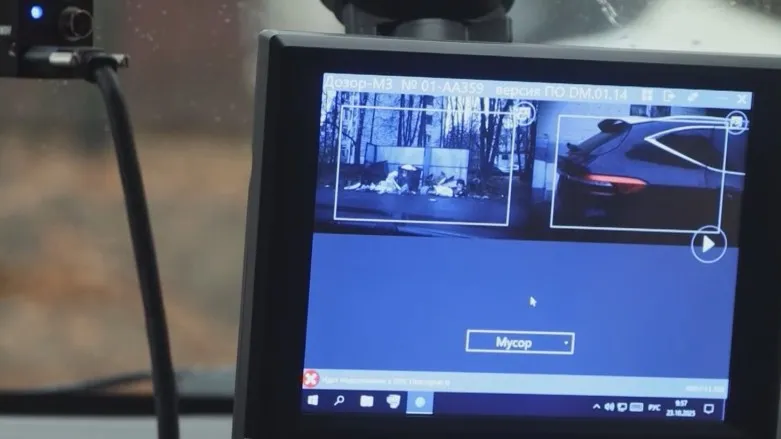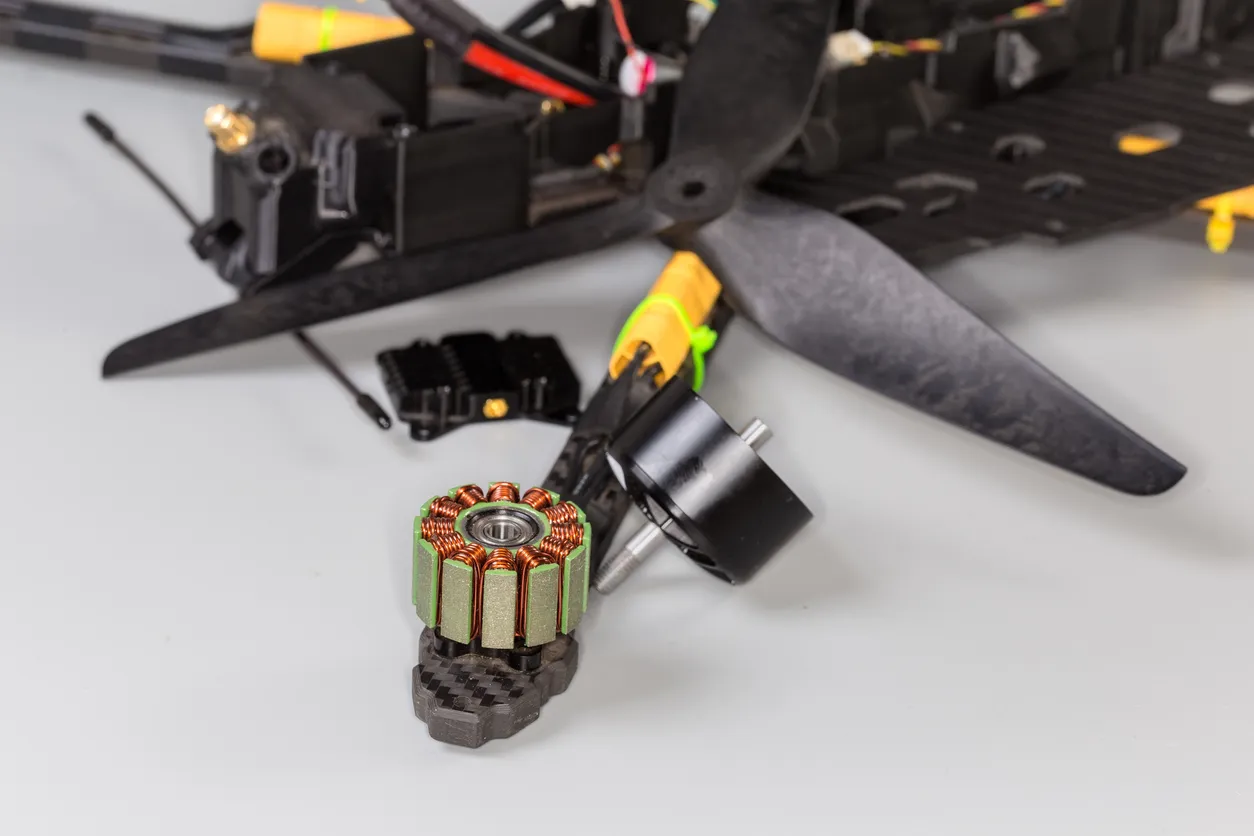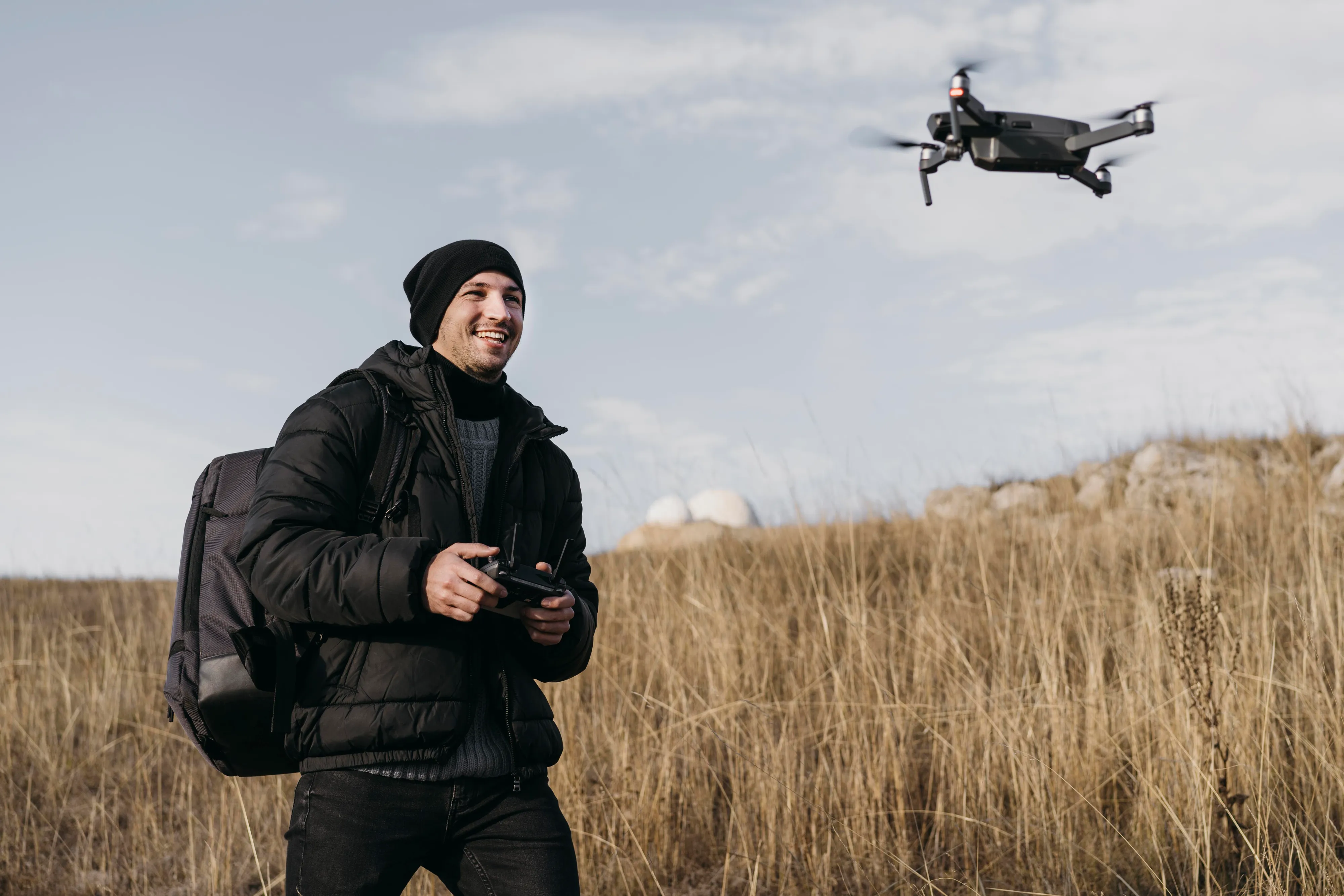Russian Wildlife Reserve Tags Musk Oxen With Smart Electronic IDs
Researchers in the Arctic are using RFID ear tags and drones to monitor and protect a rare animal population.

In the Ingilor Nature Park of Russia’s Yamalo-Nenets Autonomous District, scientists have begun tagging musk oxen with Silflex 3D-A electronic ear tags to track and study the animals. The technology, developed by the Siltek Group, enables remote identification and data collection to support breeding programs and long-term species monitoring.
For the first time, researchers used electronic tagging to create detailed genetic and identification records for the herd. The lightweight RFID tags are easy to attach and can be scanned remotely via a dedicated app, allowing scientists to compile digital databases of each animal. During a recent expedition, 17 young musk oxen were tagged — and researchers successfully tested drone-based scanning of the electronic IDs from long range.
Safeguarding a Rare Species
Around 100 musk oxen live in Ingilor Park under near-natural conditions. Researchers monitor the animals’ health, analyze food sources, and assess potential ecological risks. The ultimate goal is to ensure the stability and growth of this rare Arctic species.
By combining RFID tracking and drone monitoring, Russian scientists are building a model for how advanced digital tools can help conserve fragile ecosystems — even in the most remote corners of the planet.









































